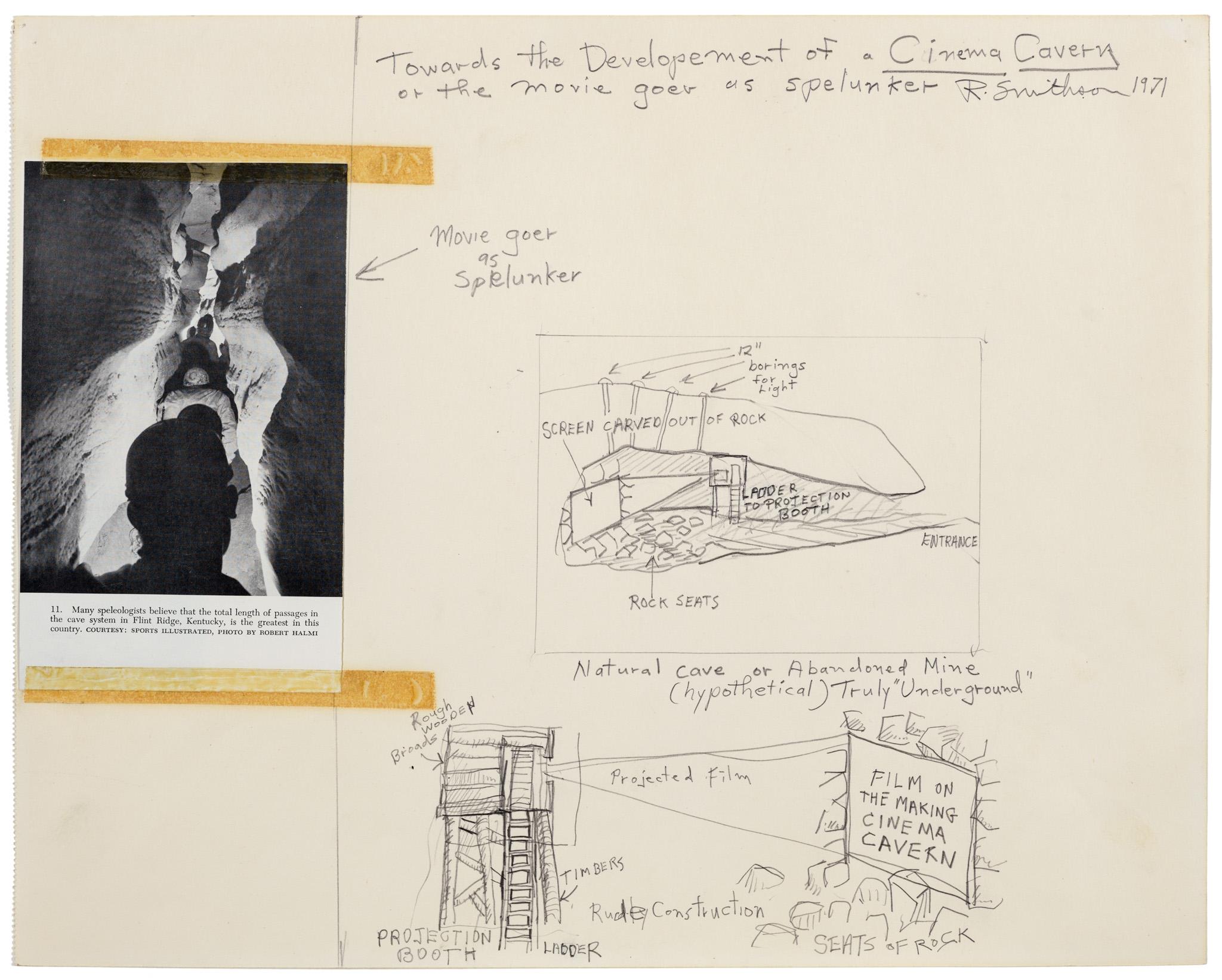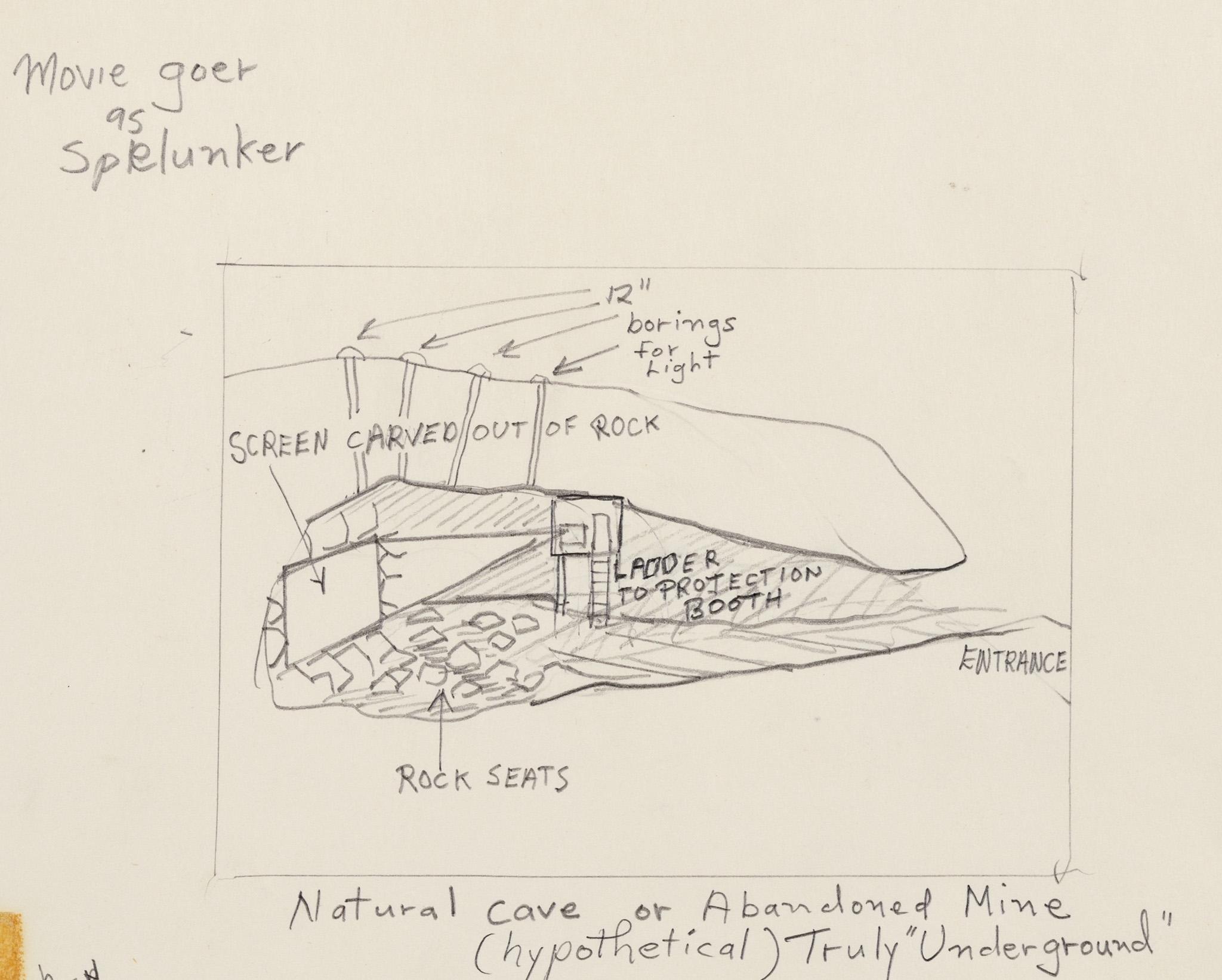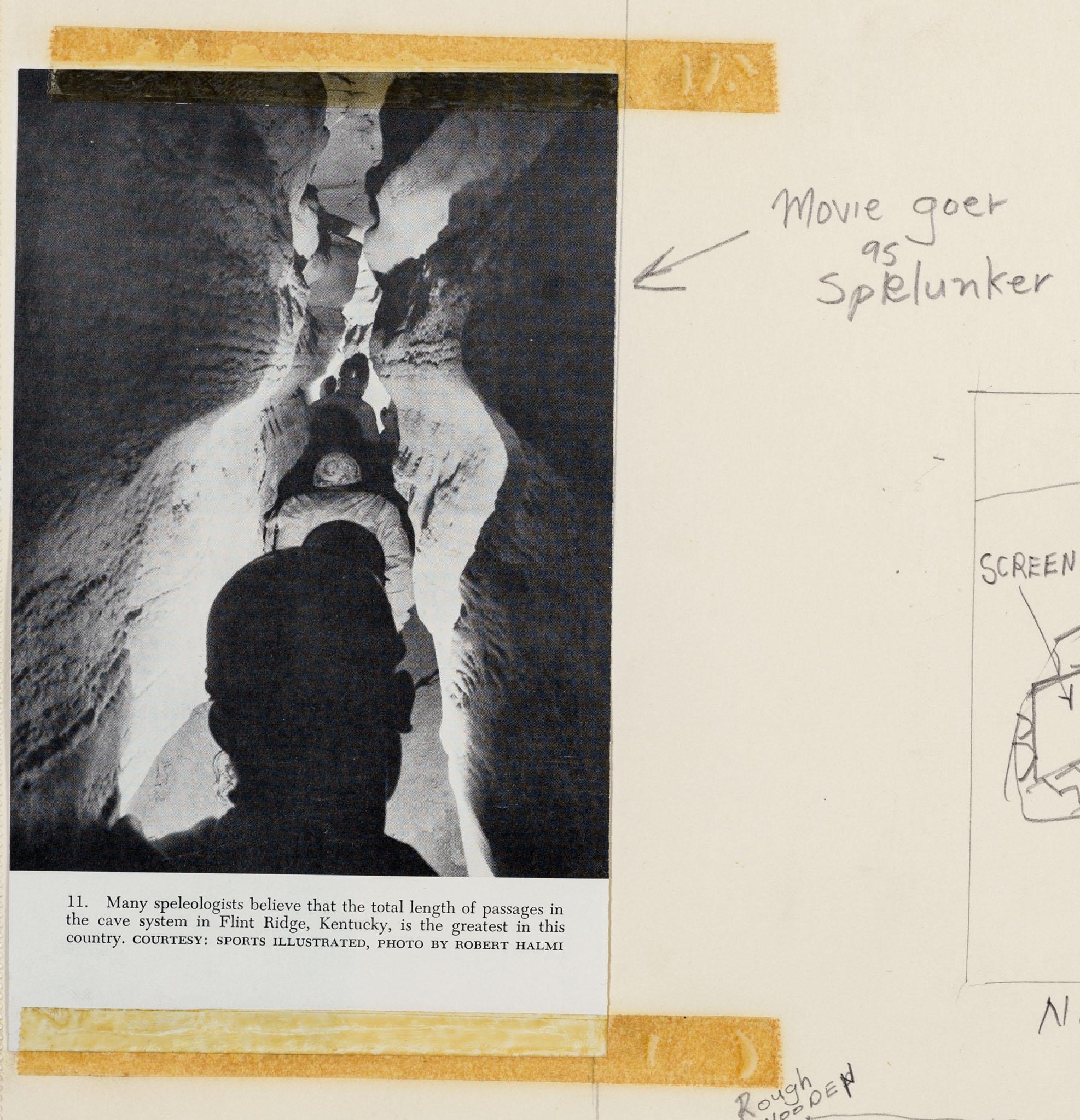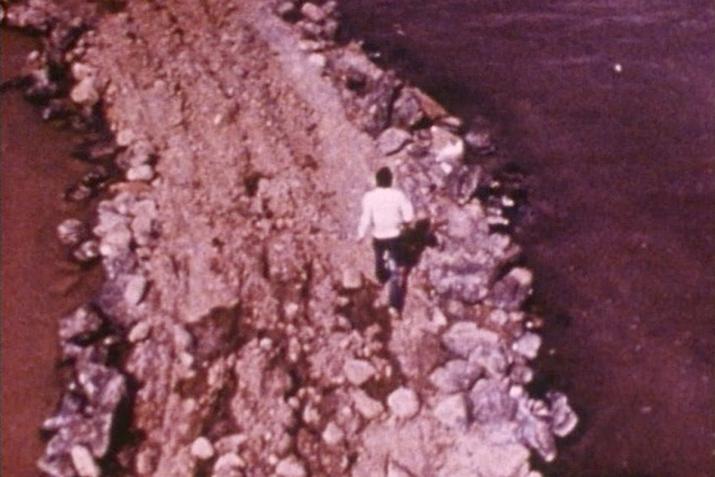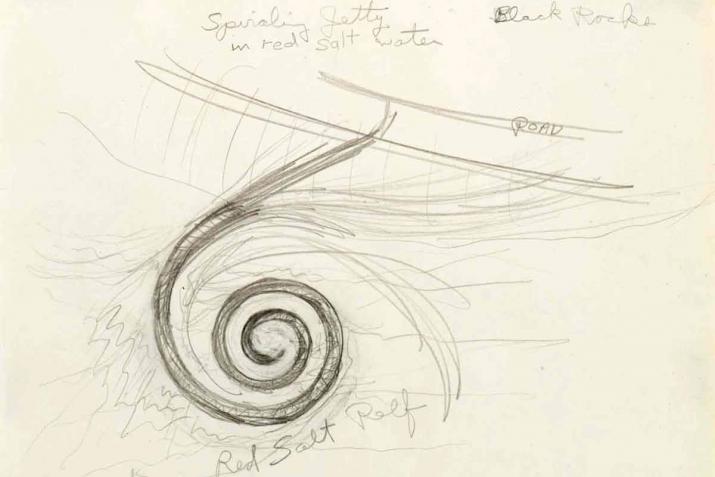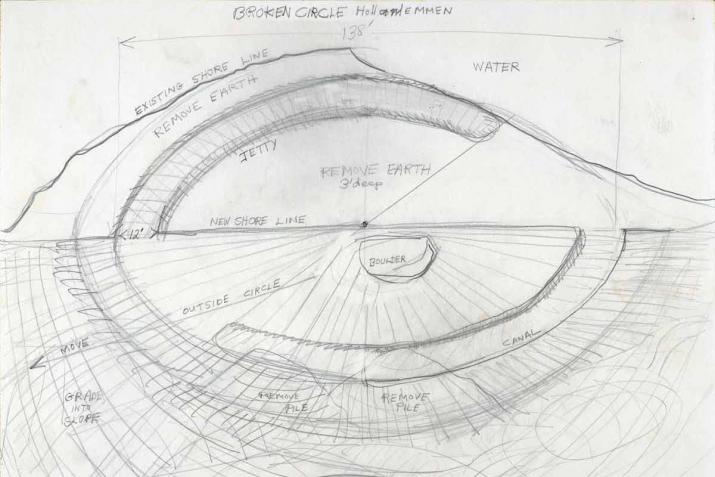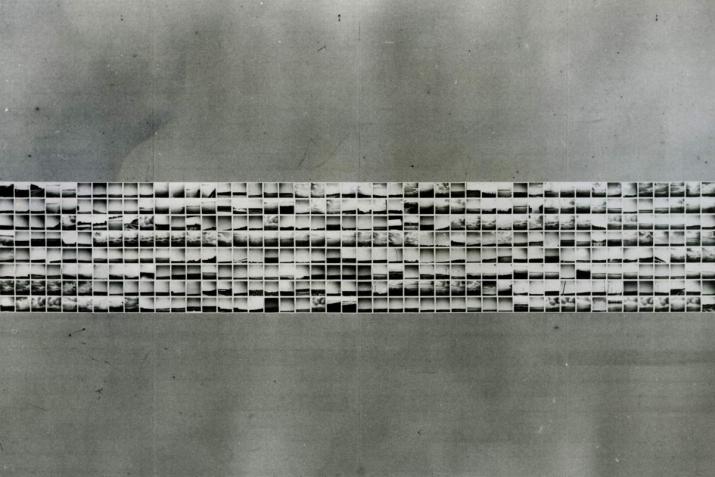
A Cinematic Atopia
Going to the cinema results in an immobilization of the body. Not much gets in the way of one’s perception. All one can do is look and listen. One forgets where one is sitting. The luminous screen spreads a murky light throughout the darkness. Making a film is one thing, viewing a film another. Impassive, mute, still the viewer sits. The outside world fades as the eyes probe the screen. Does it matter what film one is watching? Perhaps. One thing all films have in common is the power to take perception elsewhere. As I write this, I’m trying to remember a film I liked, or even one I didn’t like. My memory becomes a wilderness of elsewheres. How, in such a condition, can I write about film? I don’t know. I could know. But I would rather not know. Instead, I will allow the elsewheres to reconstruct themselves as a tangled mass.
